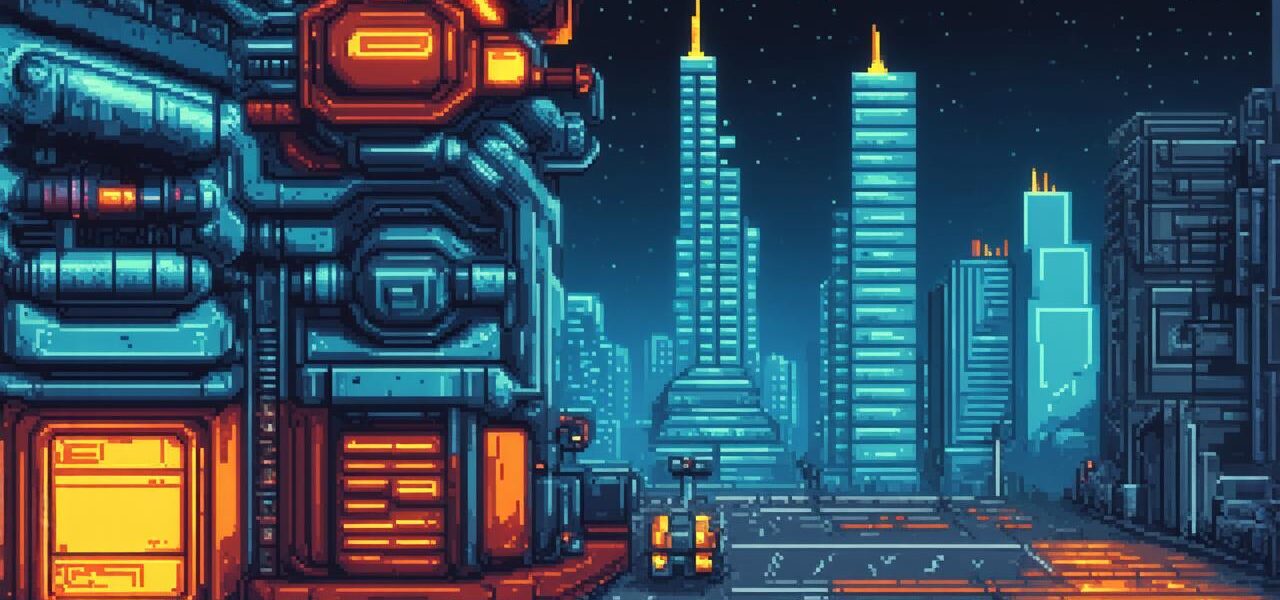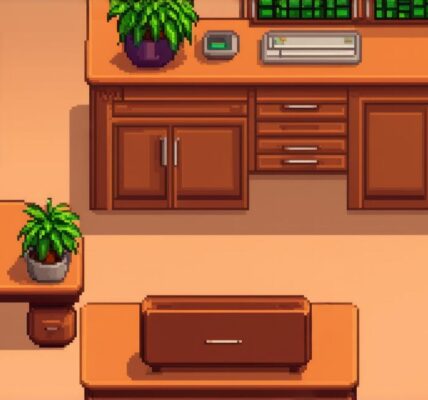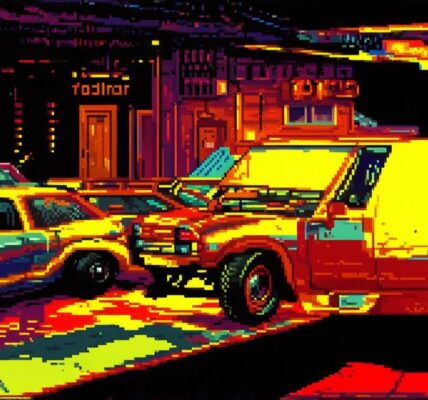Step 1: Define Your Game’s Concept
The first step in building a video game is to define its concept. What kind of game do you want to create? Do you want to make a puzzle game, a shooter, or an RPG? It’s important to have a clear idea of what your game will be before you start designing and programming it.
One great example of a successful game that was built from scratch is Minecraft. The creator, Markus Persson, started out with a simple idea: a block-building simulation where players could create their own worlds. He then used his programming skills to bring this idea to life, and the result was a massive hit that has since sold over 200 million copies.
Step 2: Choose Your Game Engine
The next step in building a video game is to choose your game engine. A game engine is a software platform that provides developers with tools for creating games, such as graphics rendering, physics simulation, and sound. There are many different game engines available, each with its own strengths and weaknesses.
Some popular game engines include Unity, Unreal Engine, and Construct 3. These engines all have their own unique features, so it’s important to choose the one that best fits your needs and skill level.
Step 3: Learn Programming Basics
Before you can start building a video game, you need to learn how to program. This may seem intimidating at first, but don’t worry – we all have to start somewhere! There are many resources available online that can help you learn programming basics, such as Codecademy and Udacity.

Once you have a solid understanding of programming concepts, you can start using game engines to create your own games. Many game engines come with built-in tutorials and sample projects that can help you get started.
Step 4: Design Your Game World
The next step in building a video game is to design your game world. This includes creating the environment, characters, and objects that will be in your game. You may want to use software like Blender or Maya to create 3D models of your game world and characters.
One great example of a game with a well-designed game world is The Legend of Zelda: Breath of the Wild. The game’s vast, open-world environment was designed to give players the freedom to explore and discover new things at their own pace. This helped make the game feel more immersive and engaging for players.
Step 5: Program Your Game
Now that you have a game world designed, it’s time to start programming your game. This includes adding logic to control character movement, implementing collision detection, and adding sound effects and music.
One important thing to keep in mind when programming your game is to break down the task into smaller, manageable pieces. This will help you stay organized and focused as you work through the process.
Step 6: Test Your Game
Once you have a working prototype of your game, it’s important to test it thoroughly to make sure everything is functioning properly. You may want to enlist the help of friends or family members to playtest your game and provide feedback on what works well and what needs improvement.
One great example of a game that was extensively tested before release is Super Mario 64.




